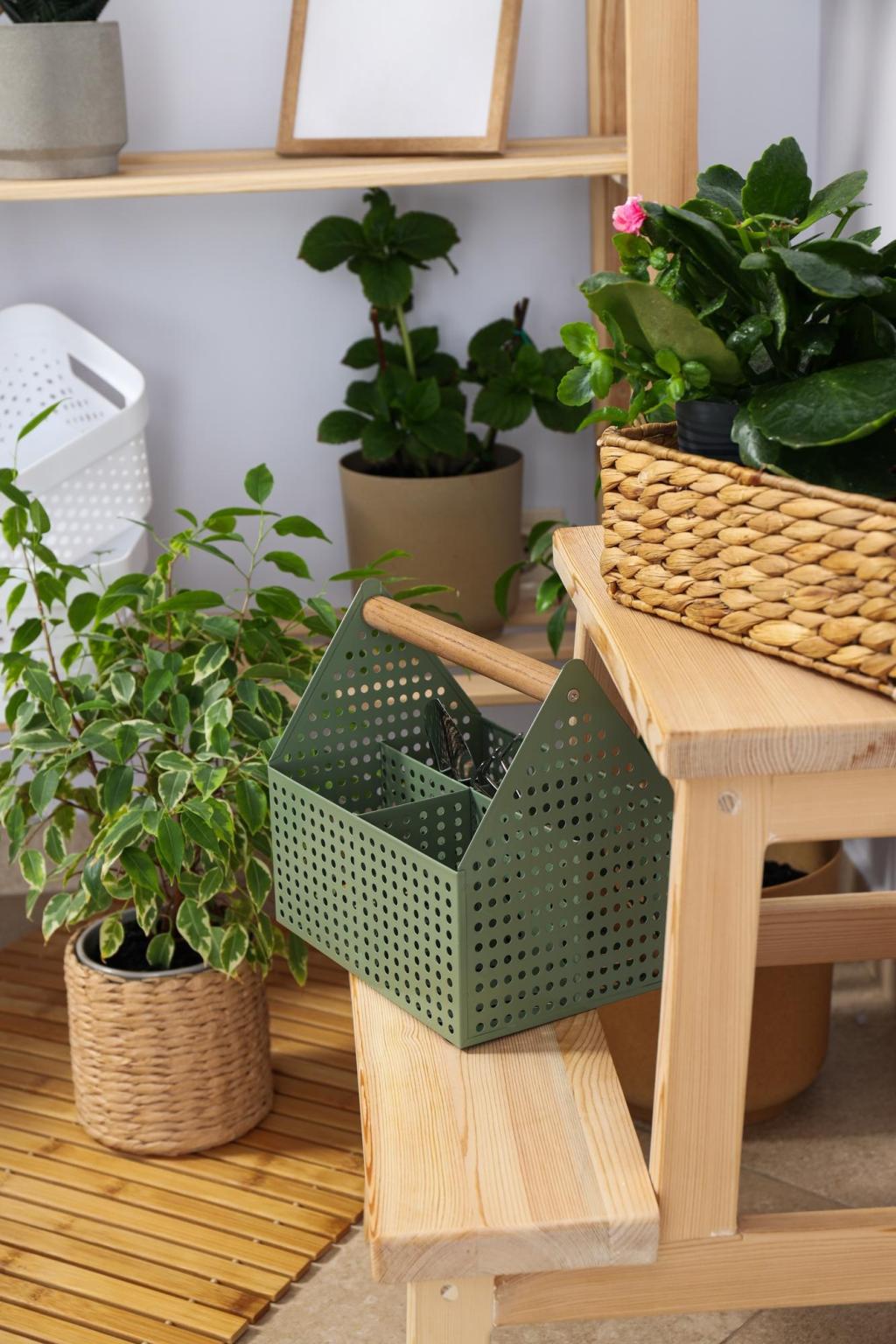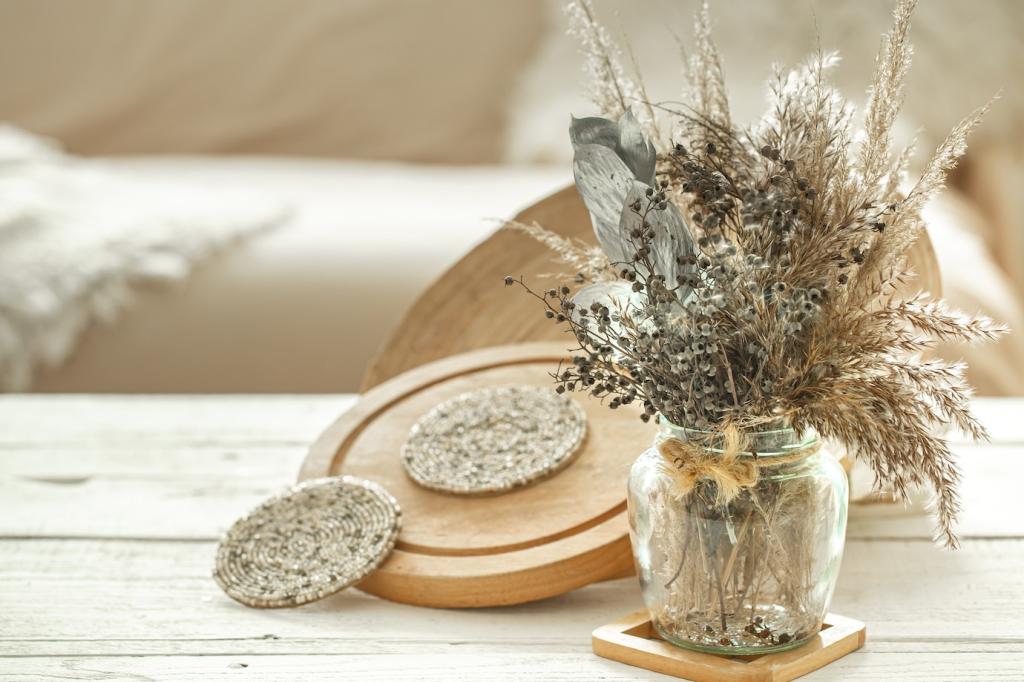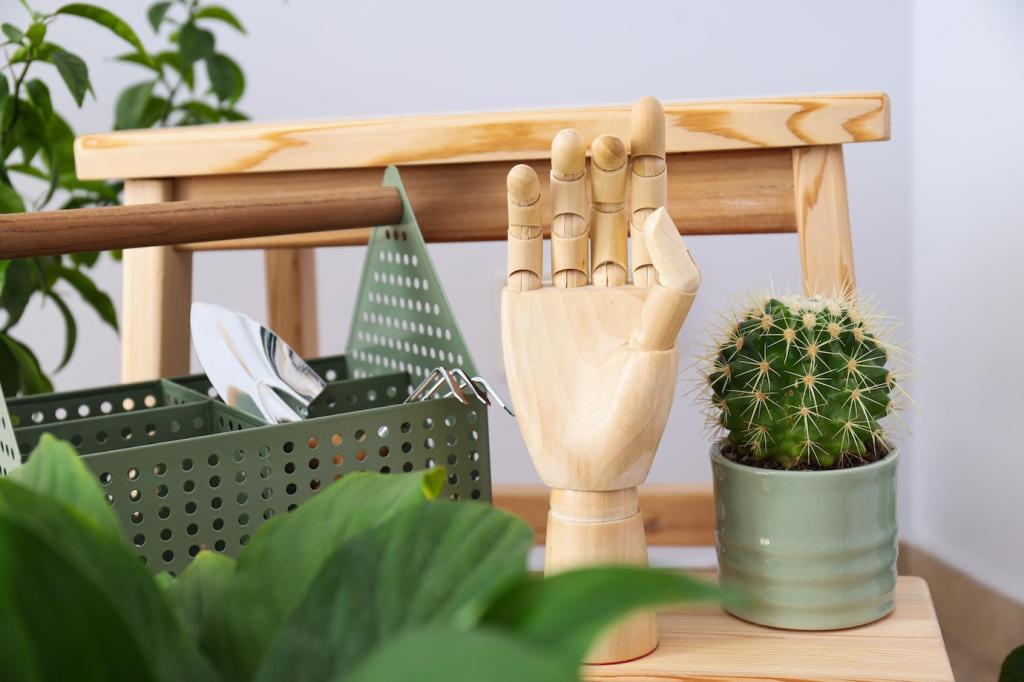Designing Cozy, Efficient Spaces at Home
Use ceiling fixtures or concealed strips with efficient LEDs and a gentle color temperature. Dim to match time of day, and lean on reflectance from light walls. Share a photo of your coziest corner, and tell us how you balanced warmth with energy efficiency.
Designing Cozy, Efficient Spaces at Home
Under‑cabinet strips, desk lamps, and reading lights concentrate lumens exactly where you work, allowing lower ambient levels. This targeted approach cuts energy use while improving visibility. What’s your favorite task light, and which brightness setting feels perfect for late‑night projects?









